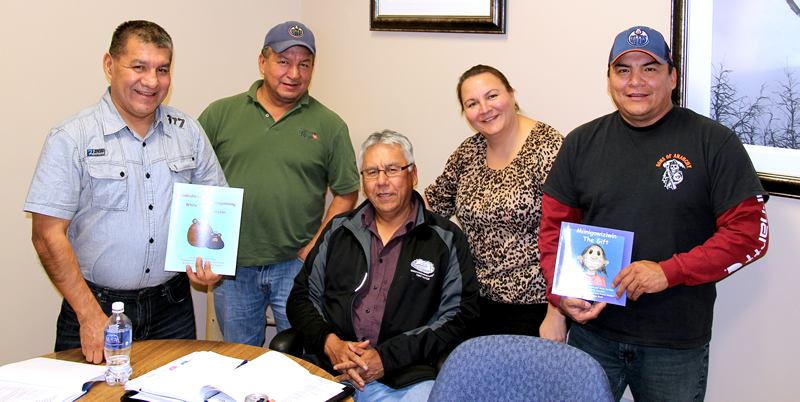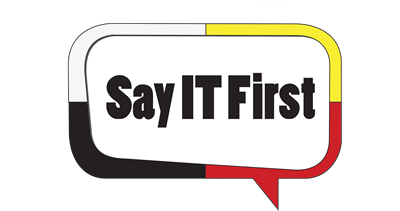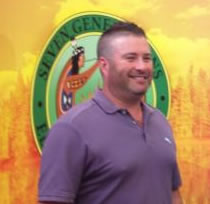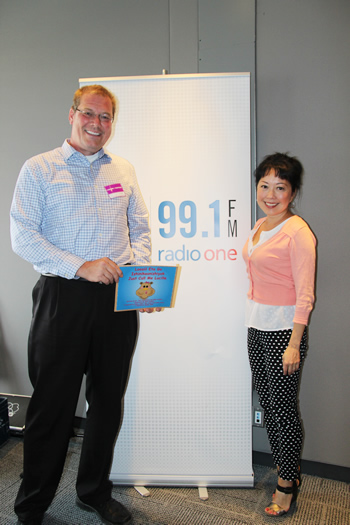
Congratulations to Chief and Council at Nigigoonsiminikaaning First Nation for reaffirming their commitment to the SayITFirst Ojibwe Language Revitalisation project on October 30, 2014.
From left to right: Jim Windego Jr., Clayton WIndego, Don Jones, Sue Boshey, Chief Will WIndego
Consulting involves investigating the proper solutions for specific problems so the fix will vary by region and language groups. With that said, several tactical products have been delivered to aide in solving larger issues. Using UNESCO's Language Vitality and Endangerment recommendations as the playbook for success, we are addressing several shortcomings by focusing on children first while building a continuum so the children can continue to learn and use their language as they grow in their communities.
Several products now in use successfully include:
Educational Material: Books written in Native Languages utilising phonetics for easy pronunciation by parents.
TV and Computer Media: Children's Shows professionally produced entirely in the Native Languages, accompanied by books, language lessons and games for reinforcement of the show.
Permanent Record of Language: Translation tool in progress to be used to produce content for daycares and immersion classes, freeing the Elders to promote culture instead of using their limited time performing translations.
When SayITFirst is approached to help with a language revitalization project, the first question we are asked is “Where do I start?” Acknowledging that the process can be complex and that each community will have different needs, the task of handling language revitalization is approached using the following steps. At the core of all things, SayITFirst considers how their actions adhere to the guidelines provided by UNESCO:
- The first question we ask: “Is the language important? Is it worth saving?”
- Secondly: “Are you committed to seeing this through? Do you have dedicated resources and time to devote to this project?” The project’s chance for success hinges on the above factors. The answers may seem obvious, but with each affirmative answer comes a huge effort. Without this discussion at a community and stakeholder level, much individual effort goes into retaining the language, yet very little comes out.
- A discussion is required to determine whether or not the Elders are to be paid for their contribution. As well, which Elders are available for the project? Nothing gets accomplished with the SayITFirst programs without strong Elder participation.
- Commitment is obtained from all involved parties including band councils, governments, school systems and daycares, etc. In order to get the language back, the community needs to work collectively.
- Confirmation is received on which language(s) to target and we begin research and relationship building to create a strategy with the best impact for the budget. Sometimes, relevant Native Language materials including books, Children’s shows and supplementary educational materials are required, as well as Language tables and community signage. Every situation is unique and each project begins with an investigation.
- The SayITFirst team goes into communities to help execute the program, field questions and receive feedback. Adjustments are made to the program and materials as deemed necessary.
- Success is measured against benchmarks like attendance figures and number of participants in the programs.
If your community is interested in exploring language revitalization, please contact Mike Parkhill.



